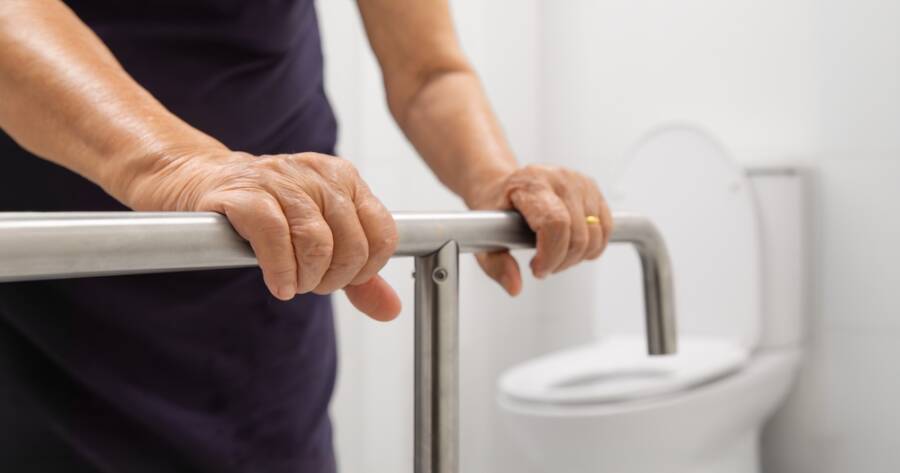Aging in place allows seniors to maintain their independence while staying in the comfort of their own homes. However, safety becomes a concern as physical abilities change. Accessible home modifications can make living at home both safer and more convenient, ensuring comfort and peace of mind.
Practical Home Adaptations for Aging Gracefully
As individuals age, their physical and cognitive abilities may change, making it essential to modify their living environment to ensure safety and independence. Practical home adaptations can significantly enhance the quality of life for seniors, allowing them to remain in their cherished homes while aging gracefully.
One crucial aspect of creating an age-friendly home is to minimize fall risks. Installing grab bars in bathrooms, handrails along staircases, and non-slip flooring can significantly reduce the likelihood of accidents. Additionally, improving lighting conditions, particularly in areas like hallways and stairwells, can prevent falls and enhance overall safety.1
Another important consideration is accessibility. Widening doorways, installing ramps, and utilizing lever-handled doorknobs can make it easier for seniors to navigate their homes.2 Furthermore, elevating electrical outlets and light switches, as well as installing voice-activated devices, can enhance accessibility and convenience.
Empowering Seniors: Safe and Comforting Living Spaces
Creating a safe and comforting living space for seniors involves addressing both physical and emotional needs. To ensure physical safety, it is essential to remove loose rugs, clutter, and electrical cords that may pose tripping hazards. Additionally, installing smoke and carbon monoxide detectors, as well as a personal emergency response system, can provide peace of mind and ensure prompt assistance in case of emergencies.
To enhance emotional well-being, it is important to create a comfortable and inviting living environment. This can be achieved by incorporating soothing colors, comfortable furniture, and personal touches such as photographs and artwork. Additionally, ensuring adequate natural light and ventilation can positively impact mood and overall health.
Aging-friendly Transformations: Step-by-Step Guide
Transforming a home into an age-friendly haven involves careful planning and attention to detail. Here’s a step-by-step guide to help you get started:
- Assess your home: Conduct a thorough assessment of your home, identifying areas that may pose safety risks or hinder accessibility.
- Prioritize safety: Begin by addressing safety concerns such as fall risks, electrical hazards, and fire prevention measures.
- Enhance accessibility: Make necessary modifications to improve accessibility, such as widening doorways, installing ramps, and elevating electrical outlets.
- Create a comfortable living space: Focus on creating a comfortable and inviting living environment that promotes emotional well-being.
- Seek professional advice: If needed, consult with an occupational therapist or home modification specialist to ensure that your home meets the specific needs of the senior.
Learn More About Accessible Home Modifications for Aging in Place
Accessible home modifications play a crucial role in helping seniors live safely and independently as they age. Simple changes like grab bars, widened doorways, or stairlifts can make everyday tasks easier and reduce the risk of falls. By adapting the home to meet changing needs, aging in place becomes a more practical and comfortable option. Consulting with professionals who specialize in home accessibility ensures that modifications are tailored to individual needs, promoting safety and independence. Explore your options and discover how these adjustments can transform your home into a supportive, age-friendly environment.

